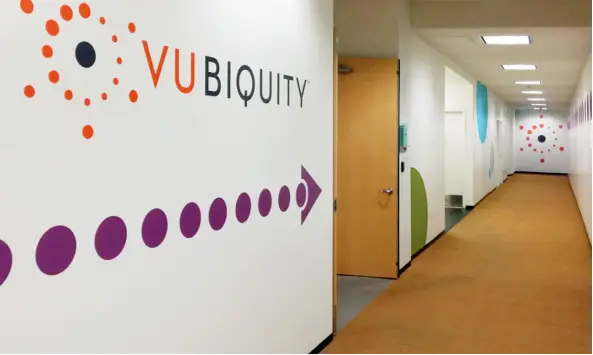
Harnessing the Power of Wayfinding in Design
There is nothing worse than being in a rush at a new place, and not knowing where to go. Designing a space to make it easy to navigate, is both an artform and a vital skill. Wayfinding is the process of navigating through a physical space, typically a building or a complex, to find one’s desired destination. . In this blog post, we’ll explore why wayfinding is important and how you can incorporate it into the design of your space.

Why Wayfinding is Important
Improves User Experience
Good wayfinding design can make a significant impact on the user experience. It can help visitors and employees easily navigate through the space and find their desired destination with ease. In a space where people are often under a lot of stress and pressed for time – like an airport or a hospital – easier navigation is absolutely critical. But even in an office building, good wayfinding helps clients, visitors, new employees, and investors feel immediately welcome.
Saves Time and Increases Efficiency
Clear and effective wayfinding design saves time and increases efficiency. New employees can quickly find their way around the space, reducing the amount of time they spend wandering around or getting lost. Visitors can quickly locate where to go, and find their way around to meetings or events with ease.
In complex work campuses especially, putting the navigational heavy lifting on the visitor is a huge time drain. Have you ever been to a new place where you are left to try to find your way by looking at a tiny map on your phone? It’s a frustrating waste of time and a terrible first impression.

Promotes Brand Identity
Wayfinding is an excellent opportunity to promote brand identity. A well-designed wayfinding system incorporates the company’s branding elements such as colors, fonts, and logos. This not only enhances the aesthetic experience of the space, it also strategically brings your brand to the forefront of your visitors’ attention, as any newcomer will be paying a lot of attention to wayfinding out of necessity.
Enhances Safety
Effective wayfinding design improves safety within a space. In buildings with onsite machinery, vehicles, or hazardous materials, it is important that visitors do not wander into unsafe areas. Furthermore, easy navigation is absolutely critical during an emergency. In a situation when people may be disoriented and distracted, clear and easy to follow wayfinding is vital to help everyone get to safety.

How to Incorporate Wayfinding into Your Design
Plan Your Space with Wayfinding in Mind
Effective wayfinding design begins with proper space planning. Consider the traffic flow of visitors and determine the most intuitive paths to key destinations. Identify potential areas where visitors may get lost or become disoriented and create clear signage to guide them.
Clear Communication with Signage
Signage is one of the most important aspects of wayfinding design. Clear and concise language can help visitors easily navigate through a space. Identify rooms with a consistent numbering and/or naming system. Use easy-to-read fonts and make sure the signs are large enough to be seen from a distance. Make sure signage is ADA compliant, so it is helpful for ALL visitors. This includes using braille and tactile lettering.

Use Colors and Graphics
Colors and graphics can be used to make wayfinding more engaging and memorable. We’ve described how colors and graphics that incorporate the company branding creates a better experience. More functionally, using colors to differentiate different areas of the space and create a visual hierarchy can make navigation more intuitive.
Graphics can also be used to highlight paths and help visitors understand the space better, offering more eye-catching directional assistance. Floor graphics are particularly helpful to lead visitors to common destinations.
Provide Multiple Wayfinding Solutions
Acrylic signage is often what comes to mind for wayfinding, but the best designs incorporate multiple solutions. Electronic signage and interactive maps are useful in buildings that have a large directory of occupants for example. In spaces with a lot of glass, cut frost or vinyl lettering can identify offices with style.
Graphical solutions can communicate more clearly while also adding to the interior design – these can be illustrative cut vinyl signage, wall graphics, or floor graphics.

In Need of Wayfinding Solutions?
Wayfinding design is an essential aspect of creating a successful and user-friendly space. By incorporating effective wayfinding design into your space planning, you can help ensure a much more positive experience of that space. If you are in need of a solution, MetWest is a trusted provider of acrylic signage, custom wall graphics, and floor graphics – get in touch for a quote today!
Recent Posts
Tags
Have Questions?
Aenean imperdiet. Etiam ultricies nisi vel augue. Curabitur ullamcorper ultricies nisi. Nam eget dui. Etiam rhoncus.
